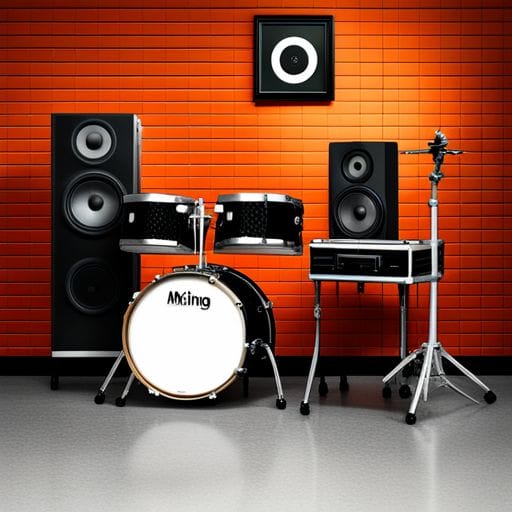Mixing House: Driving Grooves, Rhythmic Elements and Sub Bass

How does maintaining the sub bass contribute to the overall vibe of house music?
House music, with its relentless grooves and infectious rhythmic elements, has continually been a favourite genre for club-goers and music enthusiasts alike. A key component of this electronic dance music style lies within its production — the art of mixing.
Mixing house music is a skill that requires an understanding of various elements such as grooves, rhythm and sub-bass. It is these elements that give house music its characteristic deep, driving beats and rich textures. In this article, we take a closer look at each of these aspects with respect to the world of house music.
Driving Grooves
The term ‘groove’ in house music refers to the danceable rhythm that is introduced and sustained throughout a track. It is this aspect that makes house music so infectious. A good groove drives the track forward, generating a compelling rhythm that is simply irresistible to dance to.
Typically created through a mix of basslines and drum patterns, a well-executed groove delivers a sense of forward momentum, generating an unwavering energy and collectively achieving a trance-like state on the dance floor.
Rhythmic Elements
Rhythm, lying right at the heart of house music, plays a critical role in its overall vibe. A typical house beat is a simple 4/4 rhythm, “four on the floor” kick drum patterns with off-beat hi-hat cymbals, creating a steady, driving beat.
But, the artistry lies within the handling of these rhythmic components by simultaneously using various instruments, such as drums, bass, and synthesizers to create a rich, layered sound, enhancing the texture and dynamics of the track.
Sub Bass
The sub bass is a crucial element in any form of electronic music, including house. It is responsible for the low-end frequencies that give the track its weight and drive. The use of sub bass can add depth and warmth to the track, helping the music to resonate with the listeners physically and emotionally.
Often, the sub bass is unnoticed in a track, yet without it, the music would feel empty and lacklustre. The successful fusion of the sub bass within the mix is critical and requires detailed attention to ensure that it integrates well with the other elements without overwhelming them.
In conclusion, mastering the art of mixing house music is not an overnight task. It requires a deep understanding of the components, continual practice, and a strong desire to create music that moves people both internally and externally. Though it might be a path that demands intense dedication, the result of seeing a crowd vibing along to your music makes it all worth it.
House music, with its driving grooves, rhythmic elements and sub bass, has the power to unite people on a dance floor, to make them feel a part of a shared, rhythmic journey. If you are an aspiring house music DJ or producer, mastering these elements can indeed take your music to remarkable heights.
